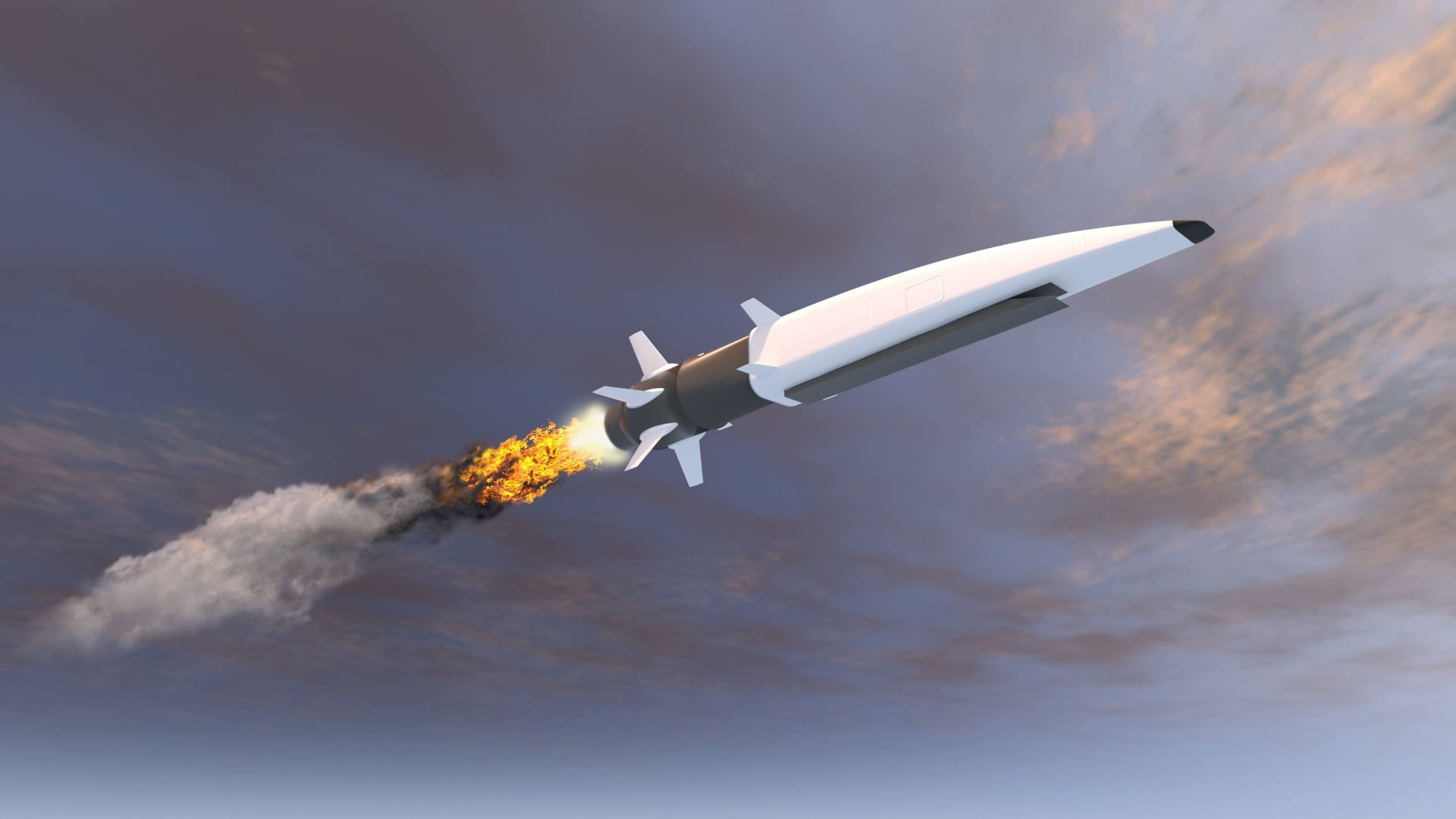


New German sub-hunting plane to operate out of Norway, Iceland
The aircraft will serve to ensure no Russian submarines are able to enter the open Atlantic undetected, German officials said.

Army secretary to soldiers: help get ‘human stupidity’ out of the way
Senior leaders are asking for soldiers' and families' help as they work to improve life on Army bases.

US Army reveals Typhon missile system in Japan
The move Monday comes as the U.S. and Japan increase their deterrence against China's growing assertiveness in the region.

Pentagon cuts back F-35 upgrades to slow schedule slips: Auditors
The F-35's Block 4 upgrades are being trimmed back so the program can focus on what it can deliver in 2031.
VIDEOS
Coast Guard team honored for response to DC air tragedy
A team from Station Washington were honored as the 2025 Coast Guardsmen of the Year for their work in the wake of a mid-air collision near the Pentagon.
More Videos
More Stories

US Army awards Lockheed record $9.8 billion missile contract
The multiyear contract is the largest in the history of Lockheed Martin's Missiles & Fire Control business.
By Jen Judson

Iran upped near weapons-grade uranium stock before Israel attack: IAEA
The International Atomic Energy Agency report said that as of June 13, Iran had 440.9 kilograms of uranium enriched up to 60%.

Russia launches over 500 drones at Ukraine
Despite U.S. President Donald Trump's attempts to mediate peace, Russia's assaults continue.
By Illia Novikov, AP

Italy disavows plan to count massive Sicily bridge as NATO spending
Officials had mulled the idea of classifying a new bridge planned to link the Italian mainland to Sicily as a project of strategic, military importance.
By Tom Kington
Xi, Putin, Kim Jong Un unite at glitzy China military parade
In his speech, Xi warned that the world was “faced with a choice of peace or war,” adding that “the rejuvenation of the Chinese nation is unstoppable."
Babcock, Fincantieri, Saab seek Poland ties as ‘Orca’ sub award nears
The European players inked cooperation agreements with PGZ on the first day of this year’s MSPO defense industry show in Kielce, Poland.
NATO takes aim at Russia’s GPS hacking after EU leader’s plane jammed
The push comes days after a jet carrying EU President Ursula von der Leyen lost its ability to use GPS navigation midair in Bulgarian airspace.
By Sam Mcneil
Army picks 3 startups to fast-track self-driving squad vehicle
The Army has struggled to achieve fully-autonomous vehicles because of the inherent challenges on a modern battlefield not found on predictable roadways.
By Jen Judson
Australian Abrams battle tanks arrive in Ukraine
The U.S.-built tanks, still painted in their AusCam camouflage scheme, had been loaded onto a commercial cargo ship in Geelong, Australia, in May 2025.
Upgrades ahead across the special operations helicopter fleet
Better targeting, lighter airframes and more firepower are on the docket.
By Todd South
Blast monitoring, better body armor in store for US special operators
From gloves to body armor, SOF expects to upgrade all their kit in the coming years.
By Todd South
More data, comms, countermeasures needed for Special Ops aircraft
From their largest to smallest aircraft, upgrades are needed for the next fight, Special Operations Command officials said.
By Todd South
Special operators want electronic attack and firepower for watercraft
Officials want kinetic and nonkinetic weapons for a variety of vessels.
By Todd South
Hegseth champions special operations as the force for today’s threats
There has been a 200% increase in SOF missions over the past three years, the defense secretary said.
By Todd South









